If you’ve ever felt betrayed by weight-loss teas that promise miracles but deliver nothing, you’re not alone. The good news? Science finally has your back. We’ve rounded up 7 metabolism-boosting teas that don’t just taste comforting but actively help your body burn calories more efficiently. Plus, we’re sharing 3 powerful fat-burning tonics that wellness experts and health enthusiasts actually stand behind—no gimmicks, just ingredients with real potential. Whether you’re looking to trim your waistline or support your fitness goals, these teas and tonics can be the gentle nudge your routine needs. Ready to sip your way to real results?
1. Green Tea: The Metabolism Superstar
Packed with powerful catechins, especially EGCG (epigallocatechin gallate), green tea stands as nature’s metabolism booster. Research shows it can increase fat burning by 10-16%, particularly during exercise.
The moderate caffeine content works alongside these catechins to create a powerful fat-oxidizing duo. Many people notice reduced hunger when drinking 2-3 cups daily.
For best results, brew your green tea fresh and drink it without sweeteners. The benefits accumulate over time, so consistency matters more than quantity. Try substituting your morning coffee with green tea for two weeks and watch for changes in your energy levels.
2. Black Tea: The Gut-Friendly Fat Fighter
Unlike its greener cousins, black tea undergoes complete oxidation, creating unique compounds called theaflavins and thearubigins. These polyphenols target stubborn belly fat by altering gut bacteria composition.
Studies from UCLA found black tea drinkers had fewer gut bacteria associated with obesity and more bacteria linked to lean body mass. The fermentation process creates prebiotics that feed beneficial gut bacteria.
English breakfast or Earl Grey varieties make delicious options. Try drinking it plain or with a splash of milk in the afternoon when energy typically dips. The robust flavor satisfies cravings while the compounds quietly support your metabolism.
3. Oolong Tea: The Metabolism Regulator
Sitting between green and black tea on the oxidation spectrum, oolong contains a unique blend of catechins and theaflavins. This partial oxidation creates a distinct flavor profile and impressive fat-burning potential.
A Chinese study found drinking oolong increased energy expenditure by 2.9%, which translates to burning an extra 67 calories daily for most people. Regular drinkers experienced improved insulin sensitivity too.
The delicate, slightly fruity taste makes it appealing even to non-tea drinkers. Try brewing it at 185°F (not boiling) for 3 minutes to extract optimal benefits without bitterness. Many find it perfect for mid-morning sipping when metabolism naturally begins to slow.
4. White Tea: The Fat Cell Preventer
Harvested from the youngest tea leaves and buds, white tea undergoes minimal processing, preserving its natural antioxidants. Research from Germany’s University of Nuremberg found it actually prevents new fat cells from forming while helping existing fat cells break down stored fat.
The delicate flavor carries notes of honey, peach, and fresh air. Its caffeine content sits lower than other teas, making it suitable for afternoon or evening consumption.
White tea costs more than other varieties due to its careful harvesting process, but the metabolic benefits justify the splurge. Store it away from light and air to preserve its delicate compounds, and brew at a lower temperature (175°F) to avoid destroying its beneficial properties.
5. Hibiscus Tea: The Carb-Blocking Beauty
The vibrant ruby-red infusion from dried hibiscus flowers contains anthocyanins that reduce fat accumulation and block starch absorption. Mexican researchers found these compounds inhibit amylase, the enzyme that breaks down complex carbs into absorbable sugars.
Beyond metabolism support, hibiscus tea lowers blood pressure and reduces oxidative stress. The tart, cranberry-like flavor makes it refreshing over ice during warmer months.
For maximum benefits, steep the flowers for 5-7 minutes and drink after carb-heavy meals. Some people add a cinnamon stick during brewing to enhance the flavor and further stabilize blood sugar. The bright color comes from powerful anthocyanins – the same compounds that give blueberries their health benefits.
6. Ginger Tea: The Thermogenic Appetite Tamer
Fresh ginger root creates a spicy, warming tea that fires up your internal furnace. This thermogenic effect raises body temperature slightly, causing your metabolism to work harder even at rest.
Gingerols and shogaols, the active compounds, also calm digestive distress and reduce inflammation. Many people report decreased hunger and fewer cravings when drinking ginger tea between meals.
For best results, use fresh ginger rather than powdered. Slice a 1-inch piece, crush it slightly, and steep in hot water for 5-10 minutes. Add a squeeze of lemon to enhance absorption of its beneficial compounds. The slight burn you feel when drinking indicates the thermogenic process at work!
7. Peppermint Tea: The Digestive Aid
Aromatic peppermint tea relaxes digestive muscles and increases bile flow, helping your body process fats more efficiently. The menthol compounds provide a cooling sensation that naturally suppresses appetite.
Research from Wheeling Jesuit University found participants who inhaled peppermint oil consumed 2,800 fewer calories weekly than the control group. The tea provides similar aromatic benefits while adding digestive support.
Drink a cup 30 minutes before meals to reduce portion sizes naturally. The cooling sensation pairs wonderfully with exercise, making it perfect for post-workout recovery when metabolism remains elevated. Fresh peppermint leaves create a stronger effect than tea bags, but both provide meaningful benefits.
1. Apple Cider Vinegar Tonic: The Blood Sugar Balancer
This tangy tonic harnesses acetic acid’s power to improve insulin sensitivity and prevent blood sugar spikes. Studies show consuming 1-2 tablespoons daily can reduce body weight, waist circumference, and triglyceride levels.
The “mother” – that cloudy substance in raw, unfiltered ACV – contains beneficial bacteria and enzymes that support gut health. Many users report feeling fuller longer after drinking this tonic before meals.
Never drink it straight – the acidity damages tooth enamel and esophageal tissue! Mix 1 tablespoon with 8 ounces of water and a touch of honey if needed. Some people add a dash of cinnamon for flavor and additional blood sugar control. Morning consumption on an empty stomach maximizes metabolic benefits.
2. Ginger-Lemon Tonic: The Morning Metabolism Kickstarter
This zingy morning tonic combines two powerful metabolism boosters. Lemon juice provides vitamin C and citric acid that support liver function and fat metabolism, while ginger delivers thermogenic benefits.
The acidic nature of this tonic stimulates digestive enzymes and bile production first thing in the morning. Many nutritionists recommend it as a gentle liver cleanse that prepares your body for optimal nutrient absorption throughout the day.
Prepare by steeping sliced ginger in hot water for 5 minutes, then adding fresh lemon juice and a small amount of honey if desired. Drink warm, not hot, to preserve vitamin C content. The bright flavor naturally reduces cravings for sugary breakfast foods while energizing your system.
3. ACV-Ginger-Lemon Blend: The Triple-Action Fat Burner
This powerful combination unites the benefits of three proven metabolism boosters. The acetic acid from ACV, gingerols from ginger, and citric acid from lemon create a synergistic effect greater than any single ingredient alone.
While scientific studies specifically on this combination remain limited, anecdotal evidence from wellness practitioners suggests enhanced detoxification and improved fat metabolism. The trio supports liver function, balances blood sugar, and provides gentle thermogenic effects.
Mix 1 tablespoon ACV, 1 teaspoon grated ginger, and juice from half a lemon in warm water. The strong flavor takes getting used to, but many find it becomes an enjoyable part of their morning routine. Try drinking it 20 minutes before breakfast for maximum appetite-regulating effects.
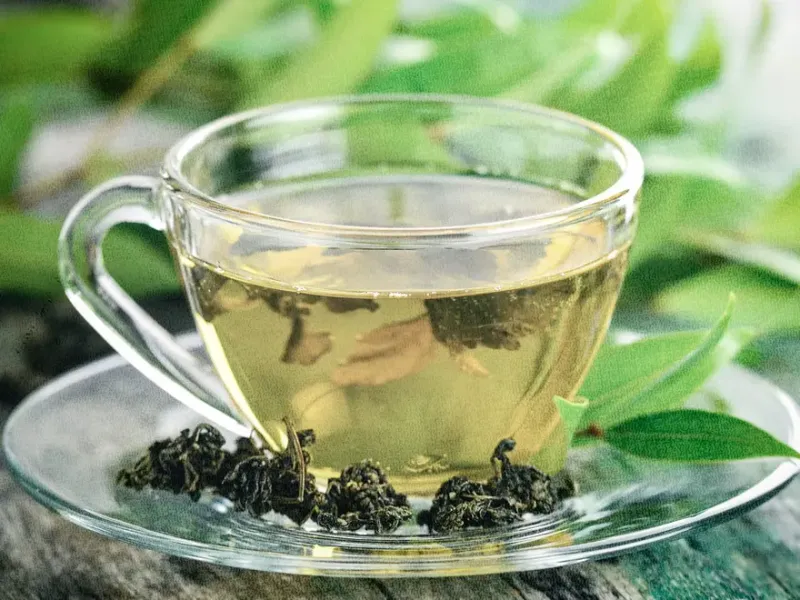
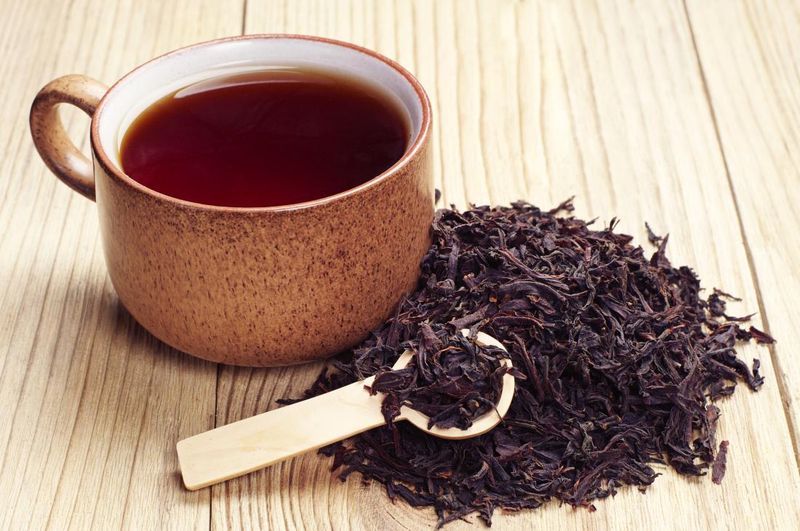
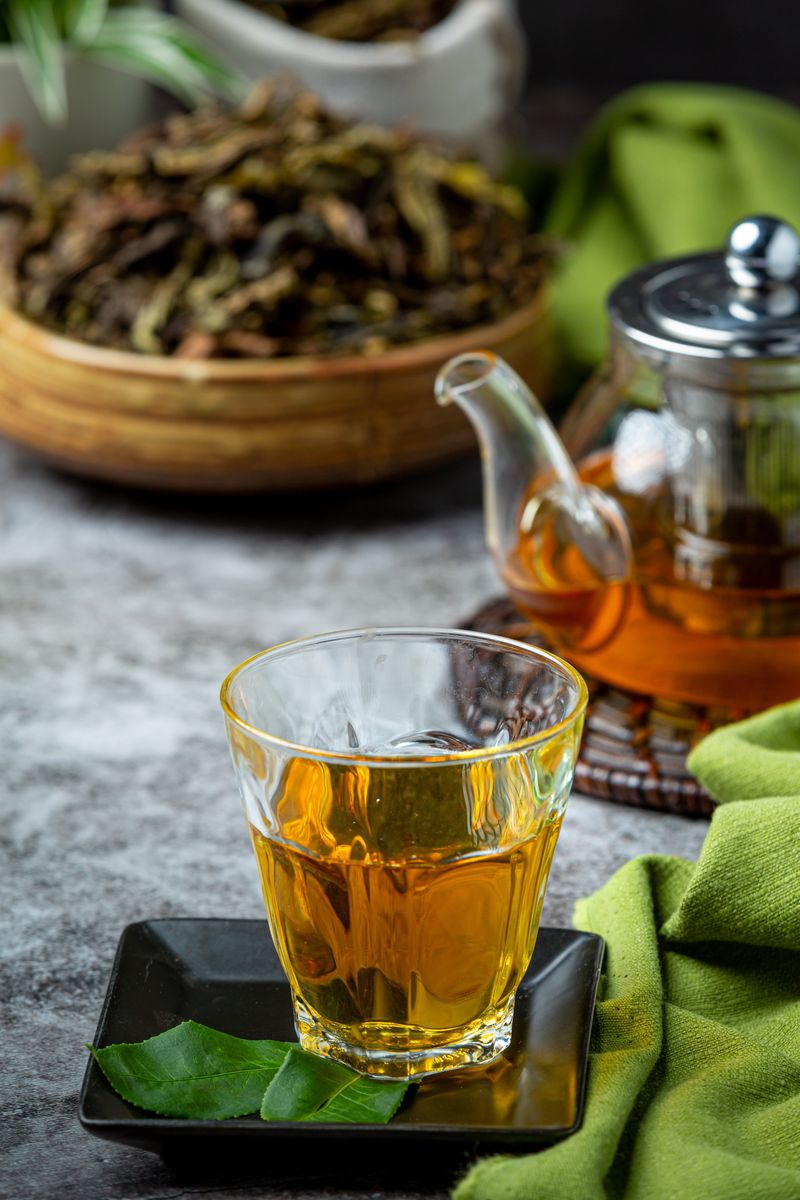
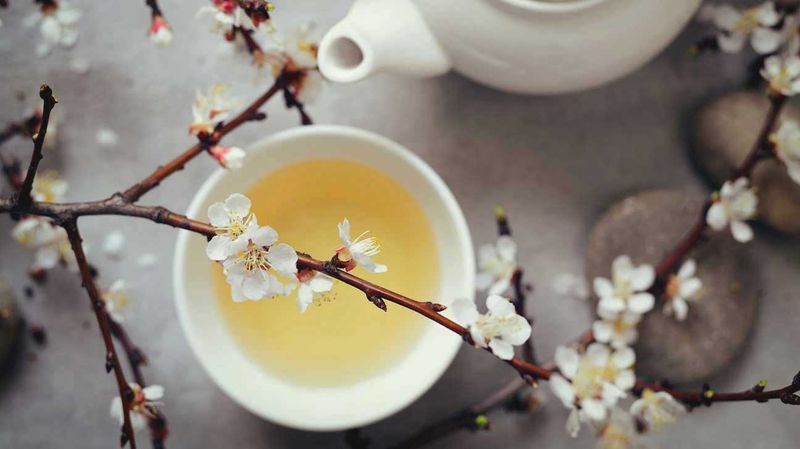

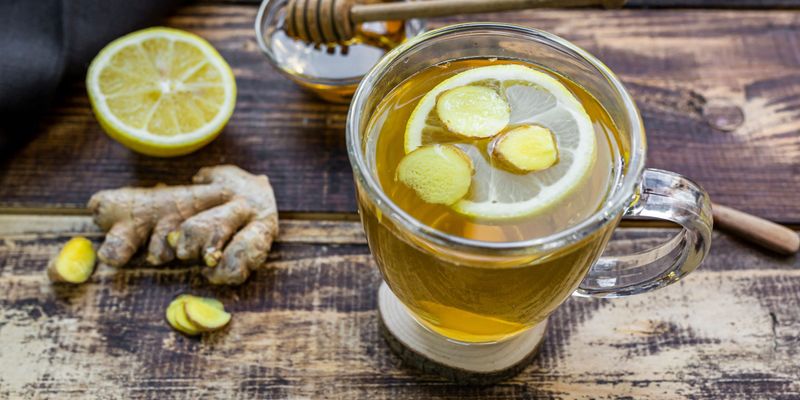
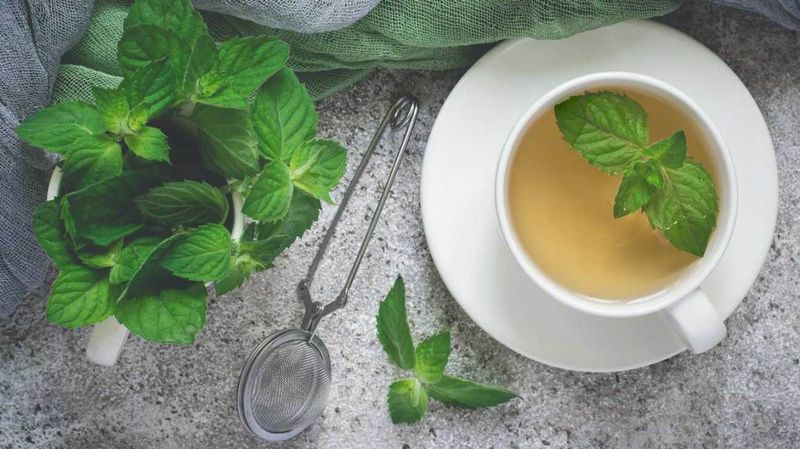



Leave a comment